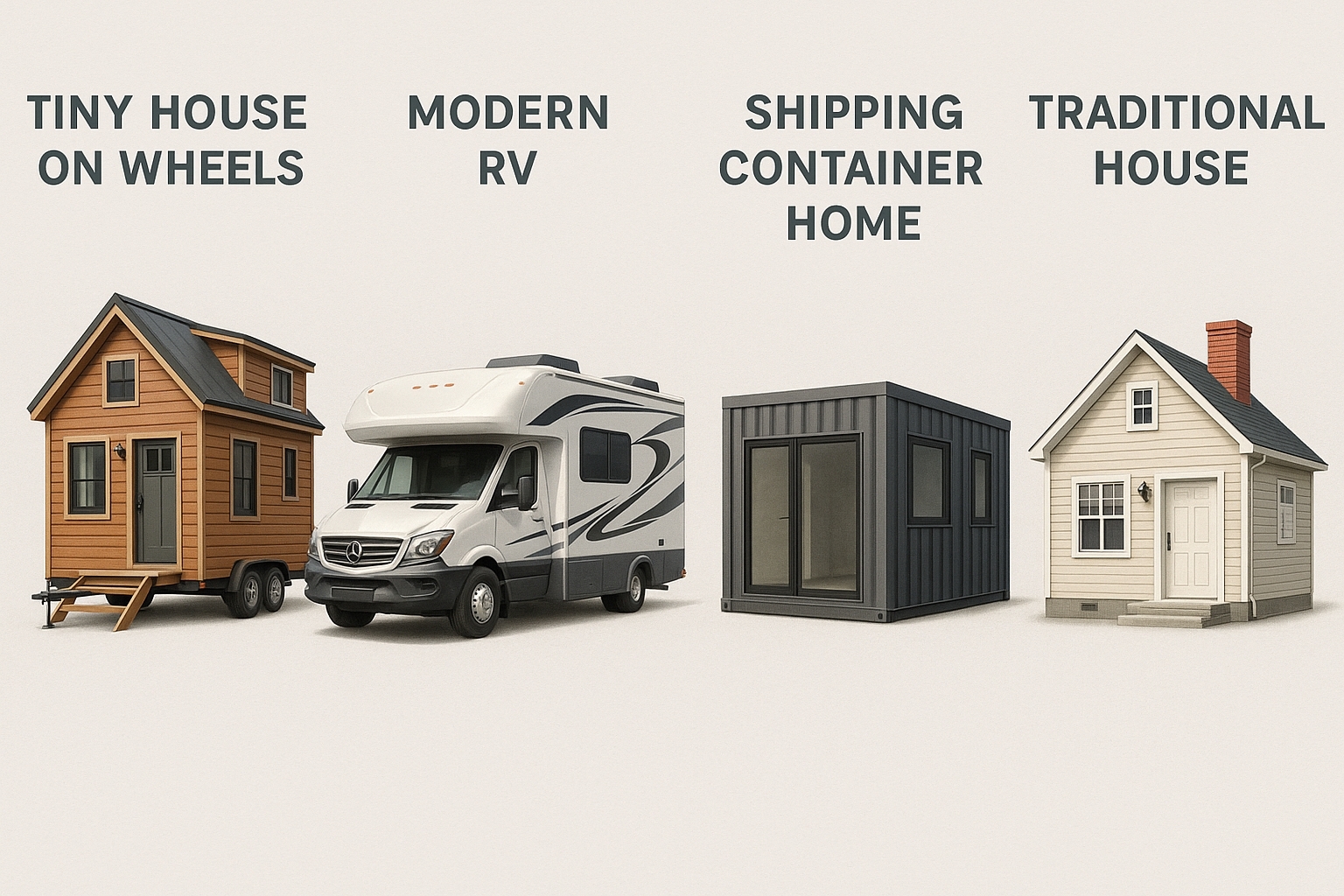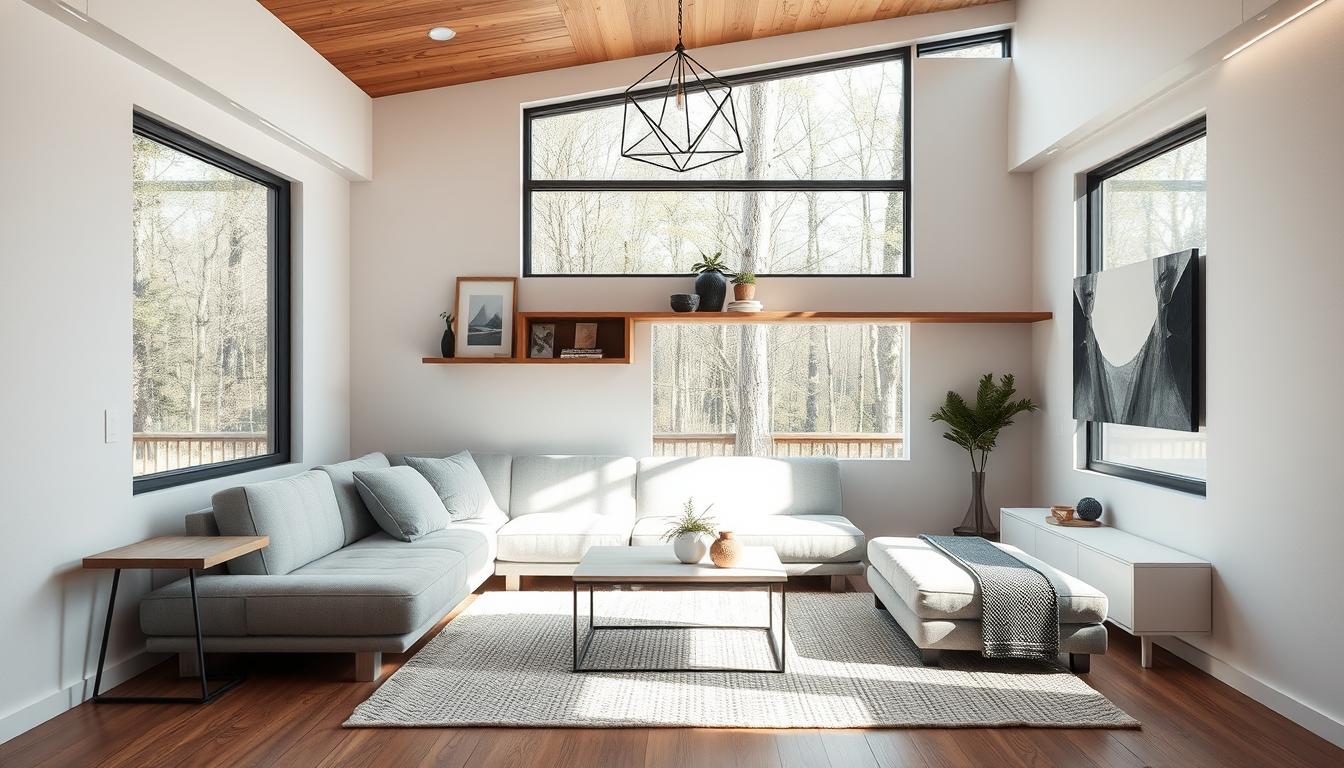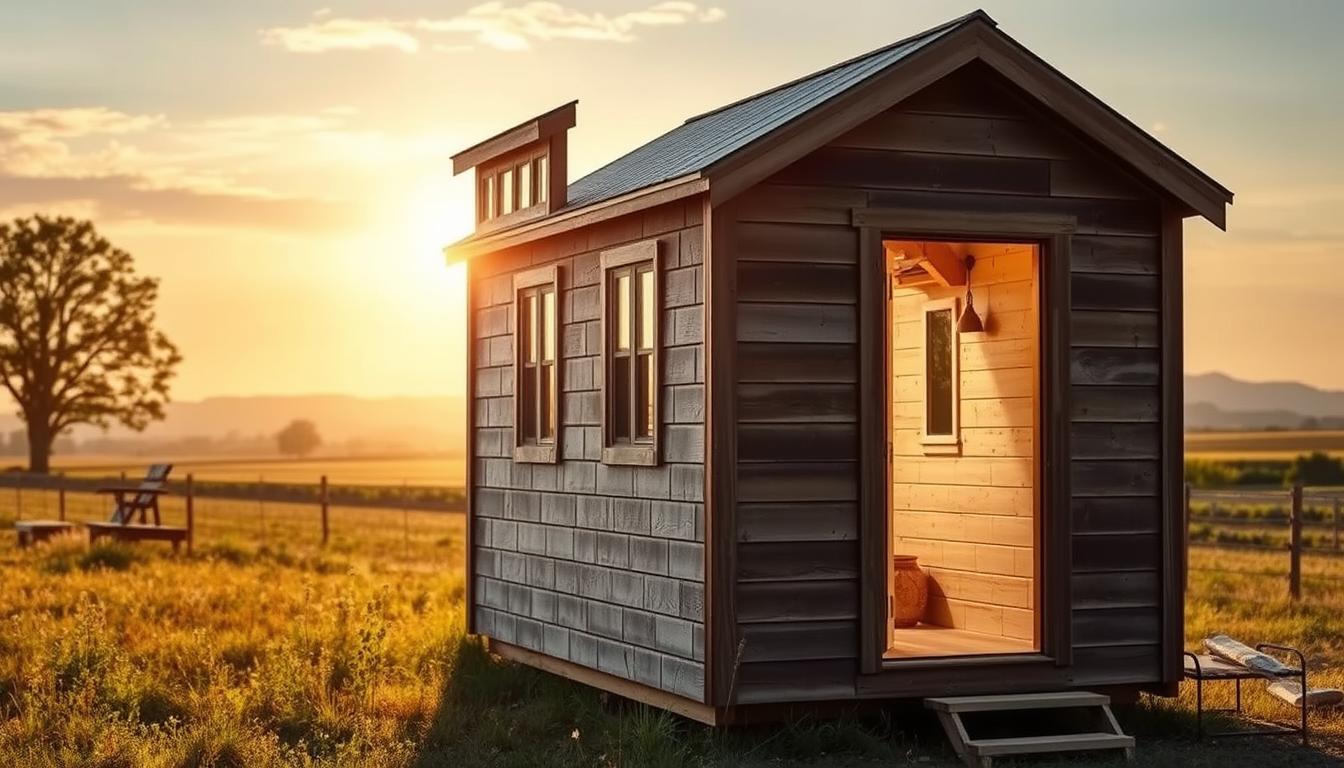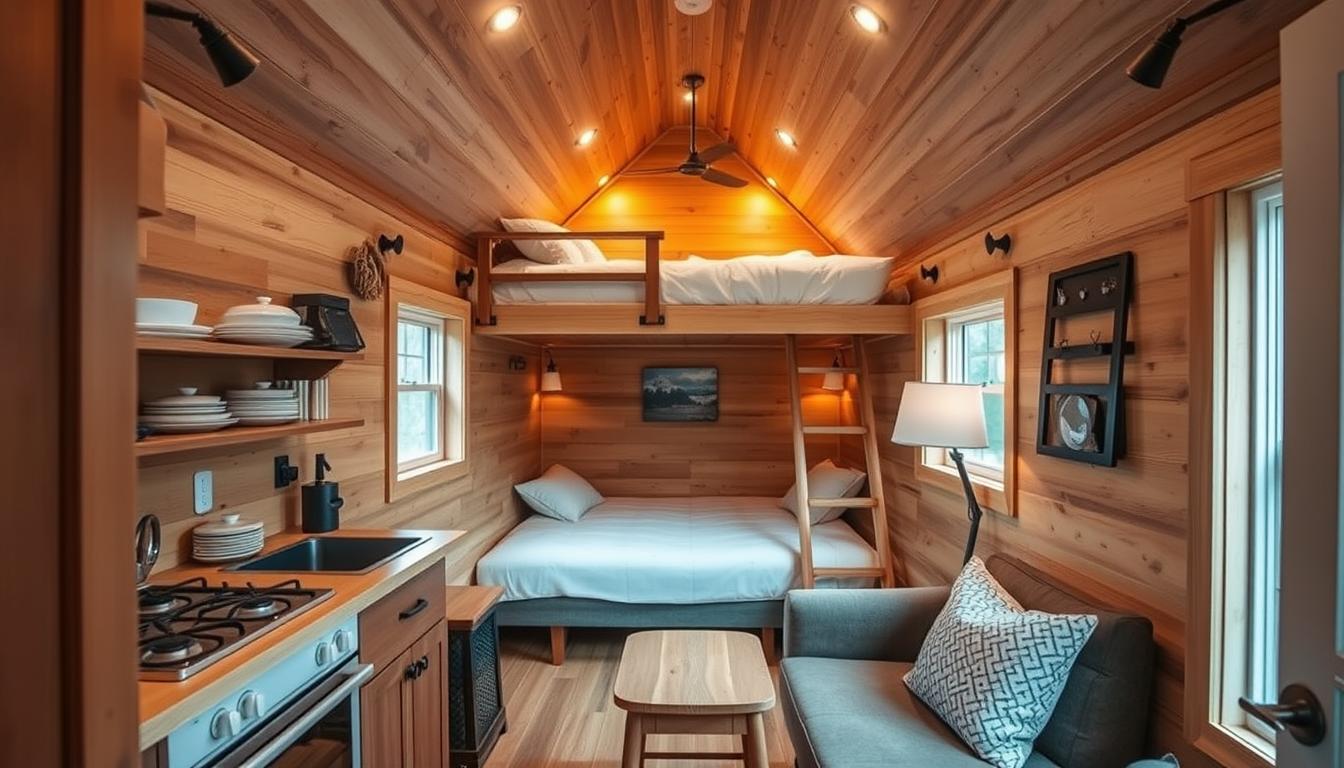Are you tired of paying rent for a cramped apartment or house that doesn’t quite fit your lifestyle? Do you dream of living in a cozy, sustainable tiny house with all the amenities you need? If so, then you’re likely considering buying land to build your dream tiny house. However, the process of finding and purchasing the perfect plot of land can be overwhelming and confusing. That’s why we’ve put together the ultimate guide to buying land for your dream tiny house. In this post, we’ll cover everything from zoning regulations to soil testing, so you can make an informed decision and find the perfect spot for your tiny home. So sit back, grab a cup of tea, and let’s dive into the world of buying land for your dream tiny
Understanding Zoning Laws: A Crucial Step in Buying Land for Your Tiny House
Zoning Laws are one of the most important factors to consider when buying land for your tiny house. Zoning describes how a particular piece of land can be used and what types of structures can be built on it. Before making an offer on any piece of land, make sure you have researched the local zoning requirements.
There are three main types of zones that you must know: residential, commercial, and industrial zoning. Typically, tiny houses fall under residential zoning restrictions along with single-family homes. If you’re planning to buy a plot in urban areas or close to city centers, then check whether there are additional regulations like minimum square footage requirements.
Another thing to keep in mind is whether or not camping outlaws exist where your property is located. In some areas living full-time inside recreation vehicles (RVs) is prohibited by law even if they’re parked on private property.
Don’t forget to obtain all necessary permits before starting construction work as this will save you from facing legal action later on!
Factors to Consider When Choosing the Perfect Location for Your Tiny House
When choosing the perfect location for your tiny house, proximity to city services and accessibility should be among your top considerations. It’s important to ensure that you have easy access to necessities like groceries, healthcare facilities, schools, and job opportunities. A good location should also be easily accessible through roads or public transportation.
You may also want to consider other factors such as climate, scenic views, and nearby attractions. Do you prefer living near water bodies, mountains or forests? Would you rather be in a bustling urban area or in a peaceful countryside setting?
Moreover,local zoning laws can greatly affect where you can put your tiny house. Make sure that the land is zoned appropriately for residential use and check if there are any restrictions on the size of homes allowed on the lot. Be aware of regulations about utilities connections (water/sewer/electricity) since this will add up significantly to construction costs.
Before making any hasty decisions when it comes to buying land for your dream tiny home, take some time researching potential neighborhoods and legal requirements so that all boxes are checked before signing off on anything!

Financing Your Tiny House Land Purchase: Tips and Tricks
When it comes to financing your tiny house land purchase, there are some important tips and tricks to keep in mind. Firstly, you may want to consider getting pre-approved for a loan before starting your search. This can give you a better idea of what you can afford and make the buying process smoother. Additionally, exploring alternative financing options such as crowdfunding or personal loans could be worth considering if traditional bank loans aren’t an option for you.
It’s also important to factor in additional costs beyond purchasing the land itself – things like permits, inspections, and utility hookups will add up quickly. Keep these expenses in mind when determining your budget.
Finally, working with a knowledgeable real estate agent who has experience specifically with tiny house land purchases can be incredibly helpful throughout the entire process. They may have connections to lenders who specialize in this type of financing and have knowledge about zoning laws that could affect your purchase.
Navigating the Legalities of Owning Land for Your Tiny House
When it comes to owning land for your tiny house, there are a few legalities that you need to navigate. One important key phrase to familiarize yourself with is “deed restrictions.” These are rules and regulations that may limit what you can do on the property or how you can build your tiny house. Make sure to review these restrictions carefully before making any commitments.
Another important aspect of buying land for your tiny house is obtaining the necessary permits and approvals from local authorities. This includes things like building permits, zoning variances, and septic system approvals. It’s crucial that you take the time to research and understand all of the requirements in your area before purchasing any land.
Lastly, consider working with a real estate attorney who has experience dealing with transactions involving tiny homes. They can help ensure that everything is done legally and properly throughout the entire process. By understanding all of these legalities beforehand, you’ll be better equipped to make informed decisions when it comes time to buy land for your dream tiny home.
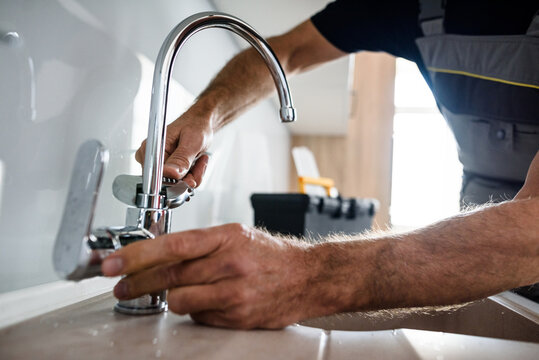
Top Mistakes to Avoid When Buying Land for Your Dream Tiny House
Buying land for your tiny house can be an exciting and fulfilling experience, but it’s important to avoid some common mistakes that many people make. One mistake to avoid is assuming that all land is suitable for building a tiny house. It’s crucial to check zoning laws and regulations before you buy any property. Another mistake is not considering the location carefully enough; even if the plot sounds like a good deal, it may be too far from essentials like water sources or grocery stores.
Another key mistake to avoid is not doing thorough research on the property itself. For example, if you purchase a piece of land with known sinkhole issues, you might find yourself facing expensive repairs in the future. Lastly, don’t forget about maintenance costs – buying remote or off-grid land may seem appealing at first glance but could lead to higher upkeep expenses down the road. Careful planning and attention will help ensure that your dream tiny house becomes a reality without any major surprises along the way!
In conclusion, buying land for your tiny house can be a challenging but rewarding experience. By understanding zoning laws, considering location factors, financing your purchase wisely, and navigating the legalities of land ownership, you can make your dream of owning a tiny house a reality. Remember to avoid common mistakes such as overlooking property restrictions or failing to conduct proper due diligence. We hope this guide has been helpful in your journey towards finding the perfect plot of land for your tiny home. For more informative content on all things tiny house related, be sure to check out our other articles!
FAQs
Who should I contact for zoning and building regulations?
Contact your local zoning and planning department for regulations.
What should I consider before buying land for a tiny house?
Consider zoning laws, utilities, accessibility, and soil.
How much land do I need to buy for a tiny house?
It depends on your local zoning laws and your tiny house size.
Who can help me find land for a tiny house?
Real estate agents, online marketplaces, and landowners.
What are some objections to buying land for a tiny house?
Zoning restrictions, lack of utilities, and high land prices.
How can I finance buying land for a tiny house?
Options include personal loans, owner financing, and crowdfunding.





